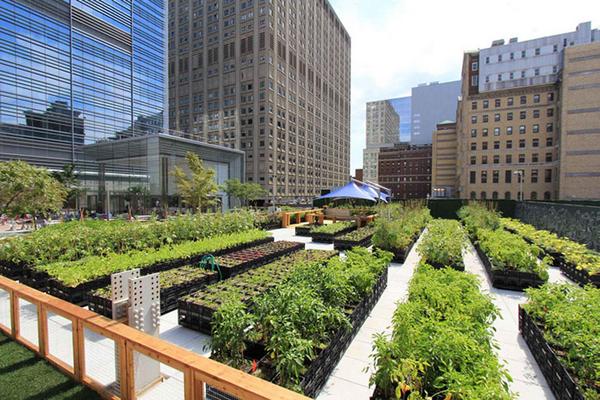5 Easy Facts About City Blooming Described
The Of City Blooming
Table of ContentsExcitement About City BloomingThe City Blooming IdeasCity Blooming - Truths8 Simple Techniques For City BloomingGetting The City Blooming To Work
Nature has amazing effects on our physical and mental well-being, so it's no surprise that a basic succulent on a desktop computer or some potted herbs on a windowsill can right away improve an area. Take those plants an action even more, and you'll go across into the region of metropolitan gardening, which brings also more benefits to individuals and neighborhoods alike.Urban gardens can be had a tendency by individuals, groups, companies, or organizations. The quantity and selection of food expanded can differ widely, as well as the size of the task itself, but metropolitan horticulture efforts are all rooted in a city setup.
Whether they are composed of a collection of pots on a veranda or a collection of plots on an uninhabited great deal, these gardens provide more than food, offering a host of ecological, economic, and social benefits. Since fruit and vegetables is expanded in regional settings in contrast to far-away farms, metropolitan horticulture lowers transport needs, therefore cutting down on carbon discharges.
Some Known Facts About City Blooming.
Lasting and organic farming removes or minimizes much of the ecological harm that would be sustained by industrial farming methods. Green rooms in cities help in reducing the metropolitan heat island impact. Urban farming stimulates regional economies and sustains neighborhood food producers. Neighborhood gardening jobs typically offer food at little or no expense, which aids boost food budgets and raise food protection. Here at Hunger For Adjustment, we use food as a tool to build health and wellness, wide range, and social change in North Minneapolis. We bring individuals with each other to discover, cook, eat, and grow food, producing modification that lasts.
Together, we can create well-rooted and growing change!.

The main lesson we, when again, need to learn is that cities are not divorced from nature. They are a component of the larger biome in which they lie. As planners and designers, we are educated to assume holistically. While these areas of research advertise cities as useful, no city is ideal not even close, and the susceptabilities and interconnections of the worldwide supply chain has actually impacted everyone in unexpected means.
City Blooming Can Be Fun For Everyone
I will certainly look at versions from the past that promoted city yards and garden enthusiasts, and reveal what worked and what did not. I will talk about the opportunities and challenges of being an urban gardener, what is required to establish a yard of your very own, and what regulations and standards stand in the way of making cities much better at advertising city gardens.
The amount of time lost getting to and from typical workplaces has actually been well documented. The built up adverse impacts of air pollution and stress that result from travelling alone by cars and truck as most Americans do are considerable.
The capacity to come to the workplace for partnership and culture, and remain home for focused work is an idea that conserves time, is better for the atmosphere and is a smarter use of restricted sources. What hasn't yet taken hold is the link in between these modifications in behaviors and how cities could respond.
City Blooming Fundamentals Explained
What are the health influences of our cities suddenly overdesigned for autos? How can our city infrastructure (roadways, utilities) perform better, not only as conduits to move people and products, however as contributors to natural systems? Urban phenomena such as smog, bad water top quality and the 'warmth island result' can be minimized by greening our roads, energizing our lorries and growing our car park whole lots.
In a current article in the Wall Street Journal, Richard Florida talked about the sensation of 'zoom cities,' which draw in remote employees by developing a picture of a better of life (sustainability). He created: "For cities, remote job alters the focus from drawing business with unique deals to luring ability with services and facilities
, and roof gardening. This implies you can regulate the place where you expand the food, and worry much less regarding ecological problems like dry spell or chilly weather. https://sketchfab.com/cityblooming.
The Buzz on City Blooming
Expanding mass-produced food with conventional farming techniques takes a whole lot out of the earth. Beyond the numerous resources that are used on the farm, the food after that needs to be moved where it is expanded to a shop near you. That calls for shedding a great deal of gas. Typically in the united state, food is currently transported between 1,500 and 2,500 miles to get to the customer.
